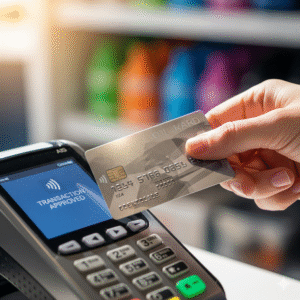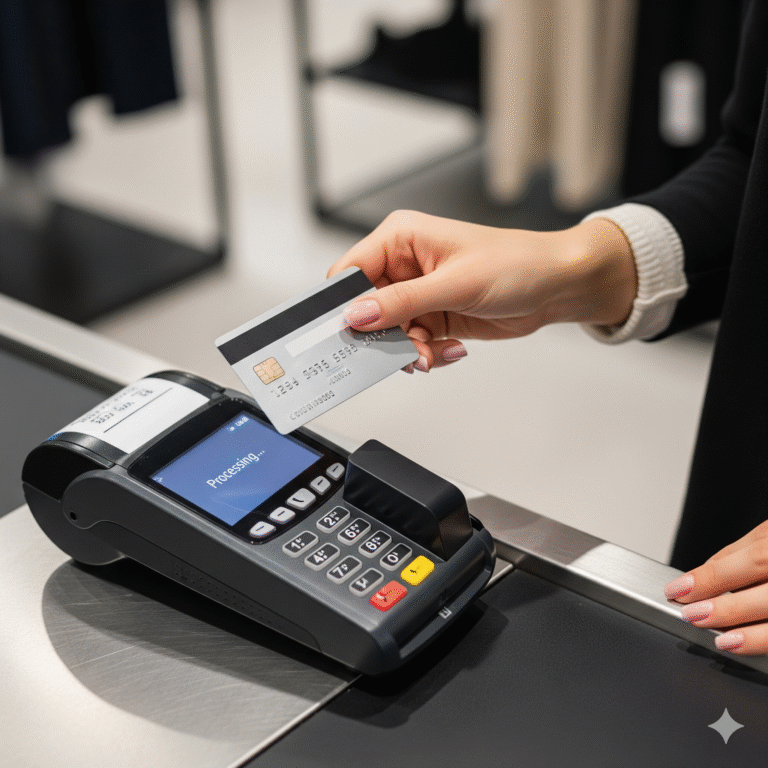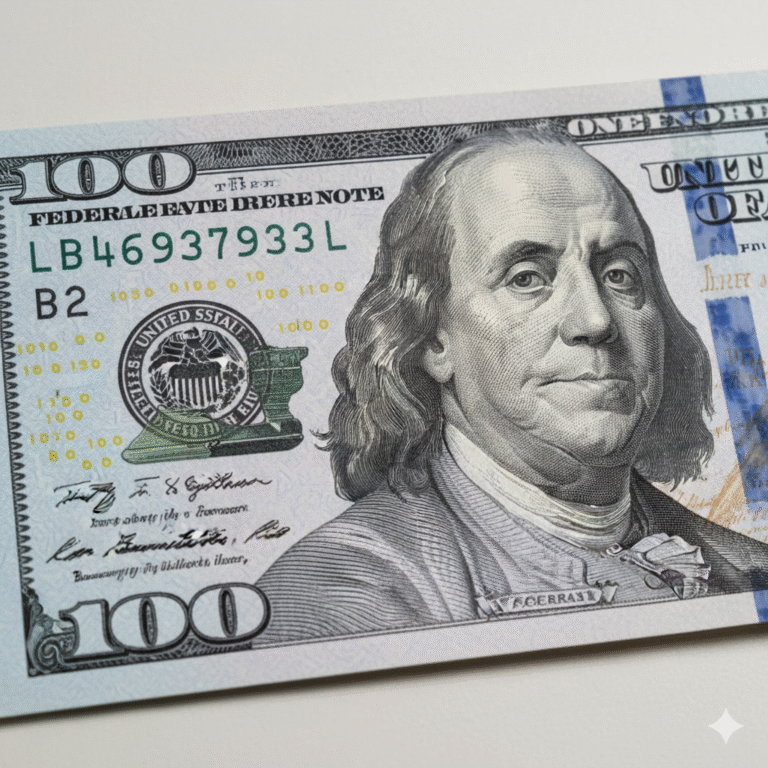In the vast world of personal finance, choosing a credit card can feel like a monumental task. You’re bombarded with offers promising lavish travel rewards, huge cash-back bonuses, and interest-free periods that seem too good to be true. With hundreds of cards on the market, each with its own unique set of rules, fees, and perks, how do you possibly find the one that’s right for you?
The secret is to stop looking for the single “best” credit card. It doesn’t exist.
The best credit card is the one that aligns perfectly with your personal spending habits, your financial goals, and your lifestyle. A premium travel card loaded with airport lounge access is useless to someone who rarely travels. A card that offers 5% cash back on groceries is a powerhouse for a family of four but might be mediocre for a single person who eats out most nights.
Instead of getting lost in the sea of options, you need a strategy. This comprehensive guide will walk you through a simple, five-step process to analyze your own financial life and confidently choose a credit card that acts as a powerful tool, adding value to every dollar you spend.
Step 1: Start with a Financial Self-Assessment

Before you even look at a single credit card offer, you need to look at yourself. The best card for you is built on the foundation of your own financial data. This means understanding two critical components: your credit score and your spending habits.
Know Your Credit Score (And Why It’s Crucial)
Your credit score is the gatekeeper of the credit card world. It’s a three-digit number that signals your creditworthiness to lenders. The highest rewards and most valuable perks are reserved for those with “good” to “excellent” credit (typically a FICO score of 670 and above).
- Excellent Credit (800-850): You’ll qualify for virtually any card and the best interest rates.
- Very Good Credit (740-799): You’ll have access to the vast majority of premium rewards cards.
- Good Credit (670-739): This is the sweet spot. You have a strong chance of being approved for a wide range of excellent rewards and balance transfer cards.
- Fair Credit (580-669): Your options will be more limited, but you can still qualify for decent cards, including some designed to help you build your score.
- Poor Credit (Below 580): You will likely need to start with a secured credit card to build or rebuild your credit history.
How to Check Your Score: You can get your credit score for free from numerous sources. Many of your existing credit card or bank accounts offer free FICO score tracking. You can also use free credit monitoring services. Checking your own score does not hurt it.
Analyze Your Spending Habits
This is the most important part of the entire process. A credit card’s value comes from rewarding you for how you already spend money. For this step, log in to your online bank or debit card account and review your last three to six months of statements. Tally up your spending into major categories:
- Groceries
- Dining Out (restaurants, bars, food delivery)
- Gas & Transit
- Travel (flights, hotels, rental cars)
- Streaming Services & Monthly Subscriptions
- General Merchandise (shopping at places like Amazon, Target, Walmart)
Once you’re done, you’ll have a clear picture of where your money goes. If you discover that you spend $800 a month on groceries and dining, a card that rewards those categories becomes your top priority.
Step 2: Define Your Primary Goal: What Do You Want From a Card?
Now that you know your financial standing, you can decide what you want a credit card to do for you. Your goal will immediately narrow down your options.
- “I want to earn simple, flexible rewards on my everyday spending.” Your goal is Cash Back. You should focus on cash-back credit cards.
- “I want to travel for less and enjoy premium perks on the road.” Your goal is Travel Rewards. You should explore travel points and miles cards.
- “I’m deep in debt and need a break from high interest rates.” Your goal is Debt Consolidation. A 0% Intro APR Balance Transfer Card is your best bet.
- “I’m just starting out and need to build a credit history.” Your goal is Credit Building. You should look at Secured Cards or Student Cards.
- “I have a single large purchase coming up and need time to pay it off.” Your goal is Interest-Free Financing. A card with a long 0% Intro Purchase APR is what you need.
Being honest about your primary goal prevents you from being distracted by a flashy travel card when what you really need is a simple cash-back card.
Step 3: Explore the Major Types of Credit Cards

With your goal in mind, you can now dive into the specific categories and find the card that fits.
Cash Back Credit Cards
These are the simplest and most popular type of rewards cards. They earn cash back on every purchase, which can be redeemed as a statement credit, direct deposit, or check.
- Flat-Rate Cash Back: These cards offer one consistent rate (e.g., 1.5% or 2%) on every single purchase.
- Best for: People who want maximum simplicity and don’t want to track spending categories.
- Bonus Category Cash Back: These cards offer a high cash-back rate (e.g., 3% to 5%) in specific categories like groceries, dining, or gas, and a lower rate (usually 1%) on everything else.
- Best for: People whose spending is heavily concentrated in one or two key areas.
- Rotating Category Cash Back: These cards offer a very high rate (typically 5%) in categories that change every three months (e.g., gas stations in Q1, grocery stores in Q2). You usually have to “activate” the new category each quarter.
- Best for: Organized individuals who don’t mind putting in a little effort to maximize their rewards.
Travel Rewards Credit Cards
These cards earn rewards in the form of points or miles that can be redeemed for flights, hotel stays, and other travel expenses.
- General Travel Rewards Cards: These cards earn points in their own flexible ecosystem (e.g., Chase Ultimate Rewards®, American Express Membership Rewards®). Their key feature is the ability to transfer points to a wide range of airline and hotel partners, which is often how you get the most value. They also come with perks like travel insurance and no foreign transaction fees.
- Best for: Travelers who want flexibility and are not loyal to a single airline or hotel brand.
- Co-Branded Airline/Hotel Cards: These are cards affiliated with a specific brand, like the Delta SkyMiles® Gold American Express Card or the Marriott Bonvoy Boundless® Credit Card. They earn miles/points for that specific program and offer brand-specific perks like free checked bags, priority boarding, or an annual free hotel night.
- Best for: Travelers who are loyal to one airline or hotel chain.
0% Intro APR & Balance Transfer Cards
The primary purpose of these cards is to save you money on interest.
- Balance Transfer Cards: These cards allow you to transfer your existing high-interest credit card debt to a new card with a 0% APR for an introductory period (typically 12-21 months). This gives you a crucial window to pay down your principal without it growing from interest.
- 0% Intro Purchase APR Cards: These cards offer a 0% APR on new purchases for a promotional period. This is ideal if you need to make a large purchase (like a new appliance or a computer) and want to pay it off over several months without accruing interest.
Secured & Student Credit Cards
These cards are designed for people with no credit or a damaged credit history.
- Secured Cards: These require a refundable cash security deposit (e.g., $200) that typically becomes your credit limit. By making on-time payments, you prove your creditworthiness to the lender. After 6-12 months of responsible use, many issuers will upgrade you to an unsecured card and refund your deposit.
- Student Cards: These are unsecured cards specifically for college students, who often have a limited credit history. They are easier to qualify for and are a great way to start building credit early.
Step 4: Look Beyond the Hype: Understanding Fees and Rates

The flashy rewards are only half the story. To make a truly smart decision, you must understand the fine print.
- APR (Annual Percentage Rate): This is the interest you’ll be charged if you carry a balance from one month to the next. The Golden Rule of Credit Cards: If you pay your statement balance in full and on time every month, the APR is irrelevant because you will never be charged interest.
- Annual Fees: Many premium rewards cards charge an annual fee, ranging from $95 to nearly $700. An annual fee is only worth it if the value of the benefits you actually use exceeds the cost. For example, a $95 fee on an airline card is easily justified if it saves you $120 on checked bag fees for two round-trip flights. Do the math for your own life.
- Other Common Fees:
- Foreign Transaction Fees: A fee (usually 3%) charged on any purchase made in a foreign currency. If you travel internationally, a card with no foreign transaction fees is a must.
- Late Fees: A hefty fee charged if you fail to make at least the minimum payment by the due date. Avoid these at all costs.
- Balance Transfer Fees: A fee (usually 3%-5%) charged on the amount of debt you transfer to a new card.
Step 5: The Smart Way to Apply for a Credit Card
Once you’ve identified your top candidate, it’s time to apply. But do it strategically.
- Use Pre-Approval Tools: Most major card issuers have free, no-risk pre-approval tools on their websites. These use a “soft” credit pull (which doesn’t affect your score) to tell you which cards you’re likely to qualify for. This prevents you from wasting a “hard” inquiry on a card you’re unlikely to get.
- Don’t “Shotgun” Applications: Applying for many cards in a short period generates multiple hard inquiries, which can temporarily lower your credit score and make you look desperate for credit to lenders. Choose the one card that fits you best and apply for it. If you’re denied, read the reason and work on improving your credit profile before applying again.
Choose the Card That Serves You

Choosing a credit card is a deeply personal financial decision. By methodically assessing your credit, analyzing your spending, defining your goals, and understanding the true costs, you can cut through the marketing noise and find the perfect card. The right credit card isn’t just a piece of plastic; it’s a financial tool that should simplify your life, protect your purchases, and reward you for the spending you’re already doing. Make an informed choice, and you’ll turn a potential liability into a powerful asset.







